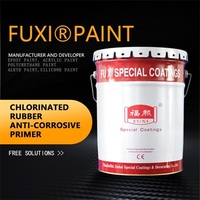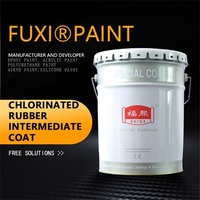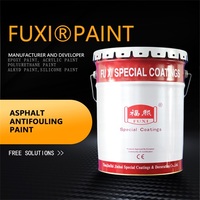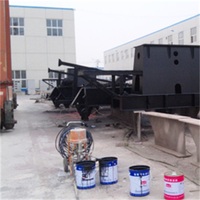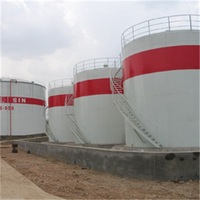PIPELINE COATING
Specifications
Pipeline epoxy coating is an economical and practical solution to maintain pipeline, which can provide continuous protection for the pipeline and prevent the pipeline from the destructive effects
of corrosion. Pipeline painting is one of the most reliable anti-corrosion methods used in industry today.
Types of Pipe Coating
High-Build Epoxy Drinking Water Tank Anticorrosive Paint(FDA)
Polyurea Elastomer Anticorrosive Coating
Internal Drag Reducing Epoxy Anticorrosive Coating
High-build Epoxy Coal Tar Acid and Akali Resistance Paint
Chlorinated Rubber Asphalt Paint
High-build Epoxy Coal Tar Finish
High-build Epoxy Coal Tar Primer
Non-solvent Liquid Epoxy Paint
Solvent-Free Polyurethane Anticorrosive Coating
Coating For Different Pipelines
Process Pipeline
When a new petrochemical plant is built, the processing pipeline is very complicated, with different media and temperatures. Generally, inorganic zinc silicate primer is used as a general
anti-corrosion and high-temperature resistant coating. The zinc powder content in the dry film of the inorganic zinc silicate primer is 80%, which can withstand high temperatures of 400°C, and the
dry film thickness is 50-75μm. It should not be too thick, otherwise, the coating film will crack due to the cold wall effect of the pipeline. The design of the coating system of the processing
pipeline should consider the limitation of working temperature, the difference between insulation and non-insulation, and material/substrate.
Insulation is mainly to prevent energy loss. For the surface of non-insulated pipelines below 120℃, the matching coating system is epoxy/inorganic zinc silicate + epoxy coating paint + aliphatic
polyurethane topcoat. Within 120℃, epoxy paint and polyurethane paint can be used. At 120-230℃, acrylic silicone or phenolic epoxy paint can be used. At 200-400°C, inorganic zinc silicate is used.
At 400-600℃, organic silicon aluminum paint is the main choice. If the paint on the surface of stainless steel, zinc, or aluminum paint should not be used to avoid galvanic corrosion.
Buried pipeline
The outer wall of the buried pipeline is mainly corroded by the soil. When choosing the anti-corrosion coating, its corrosion characteristics must be considered comprehensively. At present, the
corrosion protection of pipelines adopts anti-corrosion coating and cathodic protection. For buried pipelines in petrochemical plants, epoxy asphalt coatings, modified thick-build epoxy coatings,
solvent-free phenolic epoxy coatings, polyurethane foam-polyethylene anticorrosive insulation layer are practically used.
Gas pipeline
The internal pipeline coating materials for natural gas pipelines mainly include epoxy powder coatings, liquid epoxy coatings, and phenolic epoxy coating. When the epoxy resin coating is cured, the
volume shrinkage is small, the thermal expansion coefficient is small, and the temperature and stress resistance is strong. It is suitable for high-pressure gas pipelines.
Sewage pipeline
The outer wall coating system of steel sewage pipes used an epoxy coal tar two-cloth-five-oil FRP system. New types of anti-corrosive coating systems of buried pipelines commonly use epoxy
zinc-rich paint as a primer. Epoxy coal tar mortar paint, modified high build epoxy paint, solvent-free epoxy glass flake, and vinyl ester glass flake paint are for the choice of topcoat. The pipe
coating systems has no pinhole defects, needs no glass cloth, has excellent insulation, anti-microbial corrosion, and good chemical resistance. The coating film can reach the required film
thickness with one time layer, with the advantages of a simple construction process, low surface treatment cost, and short construction period. The inner wall of the steel pipe can also be matched
with the same coating system.
If you want to know more types of industrial paint supplies, please visit our website.

